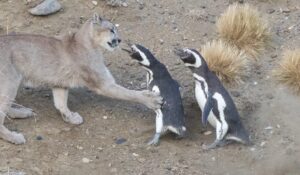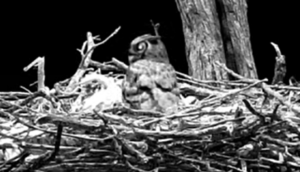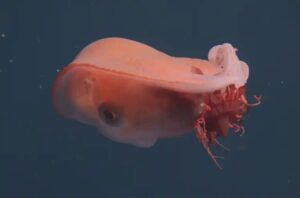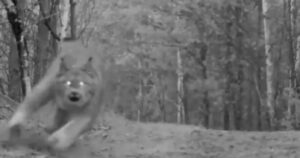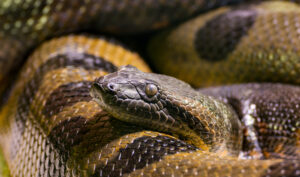In 2018, an orca mother made global news for her striking display of grief. Her young calf had died soon after birth, but she had refused to let go of her offspring. Instead, she pushed the body of her calf through the water, balancing it on her head for 17 days and 1,600 kilometers before she finally left its body behind.
So when J35, as scientists called her (or Tahlequah, as she was known to the public), gave birth again in late December, it was a cause for celebration. However, the mother and calf were already behaving unusually, which made scientists with the Center for Whale Research concerned for the health of the baby whale.
Unfortunately, their worries were well-founded. A little over a week later, the calf died. The mother once again took up her sad burden and has again been carrying the body of the deceased calf with her.
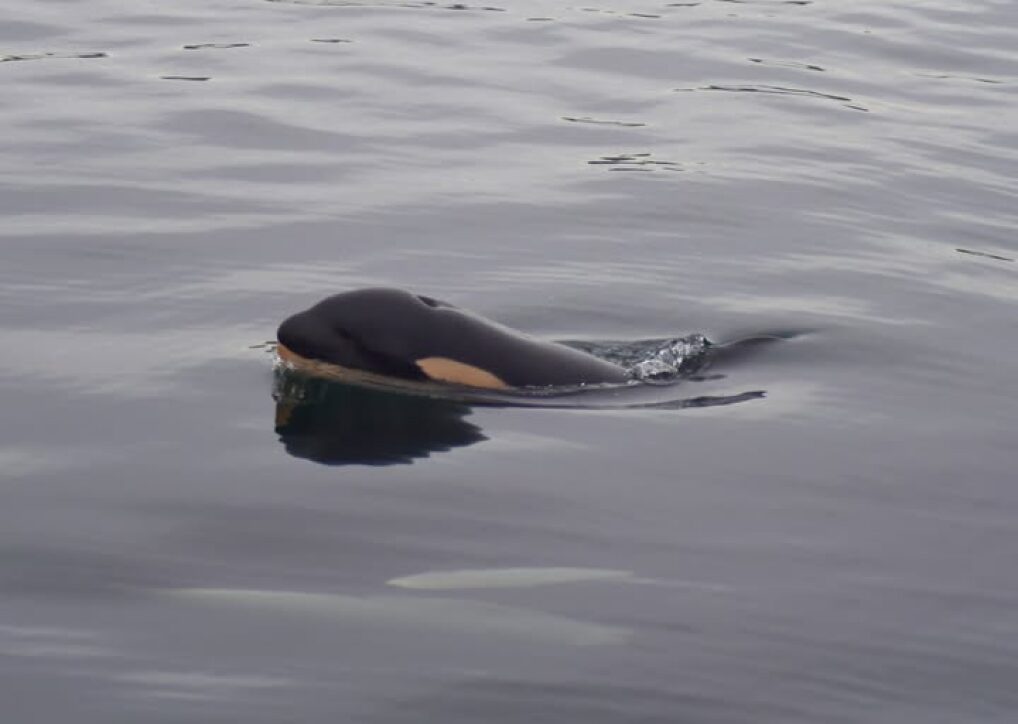
The baby calf was seen swimming with its mother in late December of 2024. Photo: Maya Sears/NMFS/NOAA
Do whales mourn?
Humans are always quick to assign human emotion to animals, and we aren’t always right. But scientists believe that Tahlequah is truly mourning the loss of her calves.
“Grief isn’t owned by humans,” said Jenny Atkinson, executive director of The Whale Museum on San Juan Island, where Tahlequah was observed in 2018.
In fact, killer whales often carry their deceased calves with them for around a day before letting them go. None have been observed to do so as long as Tahlequah did in 2018. It is likely that she will repeat this behavior the second time.
Researchers believe that there is a practical element to carrying deceased calves. It is possible for a calf to appear dead but just be unconscious. In this case, continuing to care for them after an apparent death might save their lives.
However, whales like Tahlequah continue to carry their offspring long after they are clearly dead. This may mean they have accepted that the death has happened but haven’t yet come to terms with it emotionally, say researchers. In other cases, bereaved cetacean mothers have even carried around parts of a dead calf or other “surrogate objects.” In 1954, for example, a bottlenose dolphin carried the severed head of her calf.
While it is important not to anthropomorphize, Tahlequah clearly shows a deep emotional attachment to a deceased offspring, which can only be called grief.
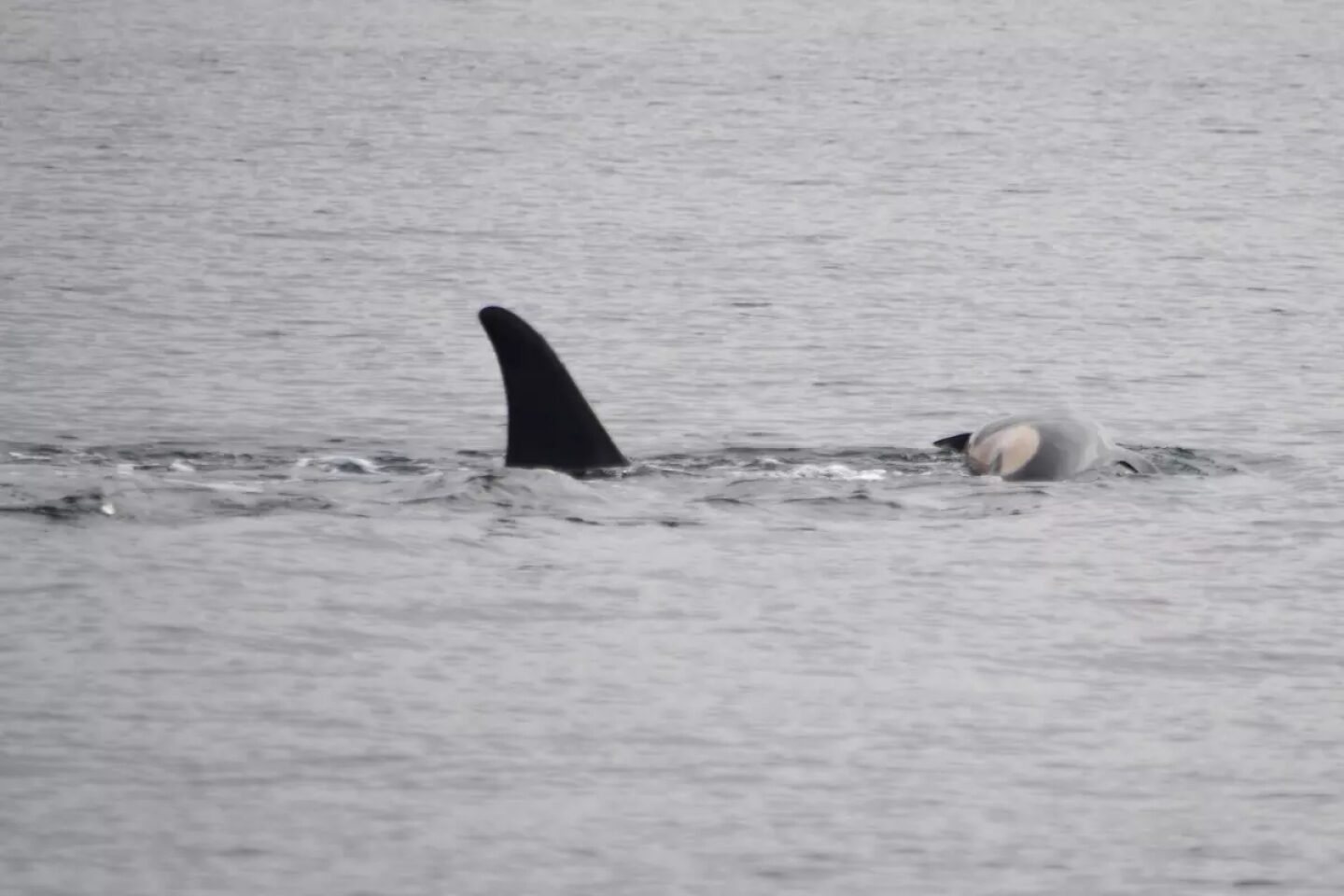
J35 was photographed carrying the body of its calf off Puget Sound. Photo: Candice Emmons/NOAA Fisheries.
The future of the pod
Tahlequah and her calves are Southern Resident Killer Whales, a critically endangered population which winters off the coast of Washington State in Puget Sound. There are fewer than a hundred left in the wild, making the loss of a female calf even more devastating.
It is common for calves to die in their first year. Estimates suggest that between 20 and 50 percent of calves do not survive. Those numbers are only increasing as the Southern Residents struggle to find enough food. Upriver damming and habitat loss have affected the endangered Chinook salmon, the orca’s favorite food.
The fate of Tahlequah
Researchers are worried for Tahlequah herself. While she mourns, she isn’t foraging and is expending a great deal of energy on carrying her dead calf. After her ordeal in 2018, she recovered her lost weight, even delivering a healthy male calf two years later.
In 2018, she was accompanied by her own mother, who has since died. She isn’t alone now, however. She is currently accompanied by her sister, Kiki, and son, Phoenix, who may share food and provide emotional support. They are swimming together, bearing the body of the calf, a little way behind the rest of her pod. Researchers hope that with the help of her surviving family, she will make it through her ordeal.
There is one piece of good news. A second calf was seen swimming with the pod on New Year’s Day. So far, the new calf seems normal and healthy.

